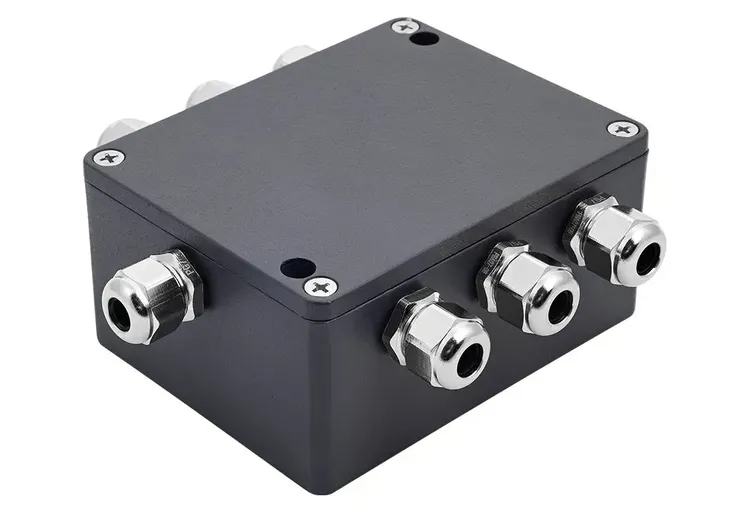Stage Lighting Training: Essential Path for Aspiring Artists by Light
This guide draws from reflections on the craft of lighting in theater, where light is not mere illumination but an active force shaping the spectacle's emotional flow. It outlines steps to grasp light's essence, from perception basics to realizing a light score aligned with the director's intent. For those in theater or concert setups, observe light in nature and art to build intuition—analyze how a beam isolates an actor or pulses with rhythm in a show. Avoid seeing light as secondary; it invents mood, directs gaze, and adds symbolic depth. Sections cover vision physiology, light properties, directions, intensity management, spatial form, color layers, historical meanings, sound-light ties, and practical execution—leading to a light plot that resonates. Question always: how does light emerge from the spectacle's needs? Build expertise beam by beam.

